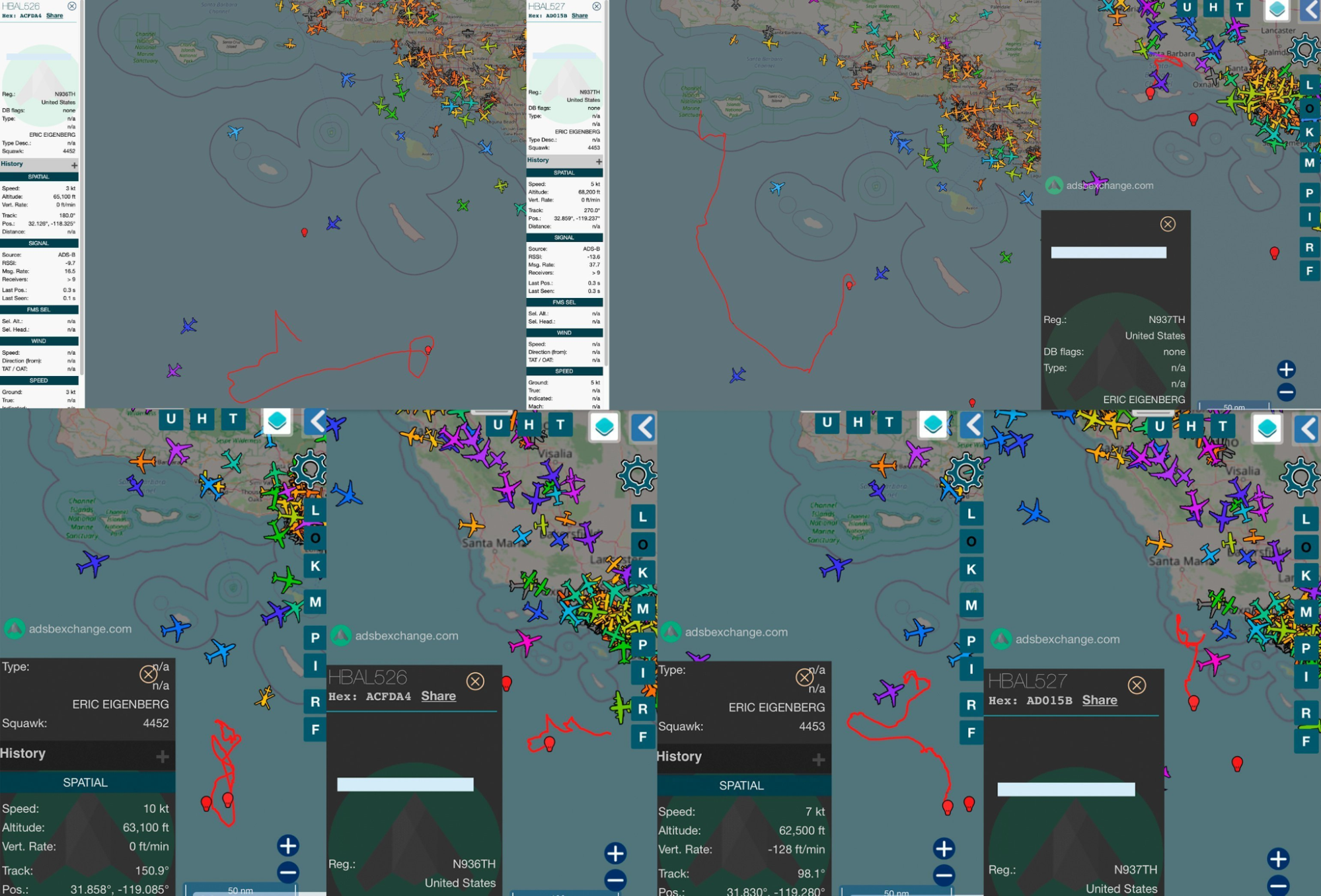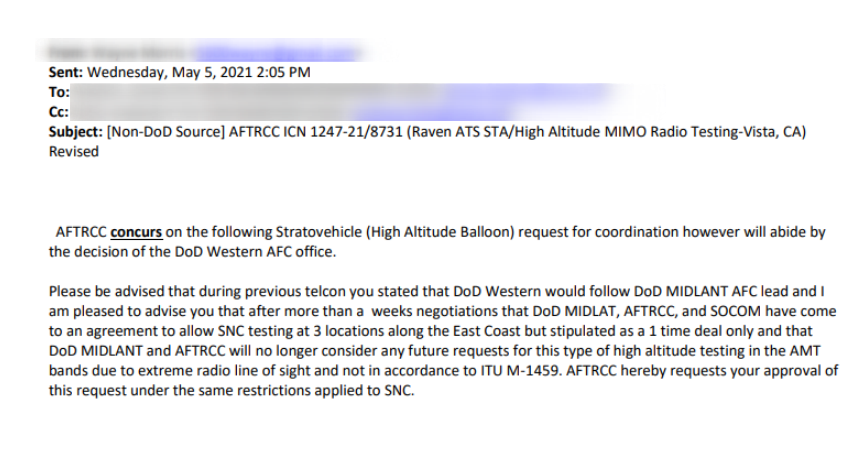And yet daddy never knew about his business adventures nor asked about them? C’mon man…so many unknown unknowns about this cat and the whole family…
Rep. Devin Nunes (R-CA), the ranking member of the House Permanent Select Committee on Intelligence (HPSCI), told Breitbart News that revelations in a new book that President Joe Biden’s son Hunter Biden took more than 20 trips through Joint Base Andrews are more proof of “utter corruption” of establishment media.
“The revelation of Hunter Biden’s trips through Joint Base Andrews is further proof of the corporate media’s utter corruption and blinding partisanship,” Nunes told Breitbart News exclusively on Sunday. “They dismissed, ridiculed, and censored reporting on Hunter’s obvious conflicts of interest for the sole purpose of helping Joe Biden’s election prospects. The corporate media has fully merged with the Democratic Party, and their reporting is indistinguishable from crude Democrat talking points.”
Nunes’s comments on this matter come after revelations about Hunter Biden’s travel practices, when his father was vice president to former President Barack Obama, were published Saturday from the new book Breaking the News: Exposing the Establishment Media’s Secret Deals and Hidden Corruption. In particular, the book—from Breitbart News Editor-in-Chief Alex Marlow—revealed Secret Service travel records that showed Hunter Biden took 411 trips, including to 29 foreign countries and 23 trips through Joint Base Andrews, from 2009 to 2014. During that time, his father—now the president of the United States—was vice president of the United States.

The reason why the Joint Base Andrews trips are important is because that is the home of Air Force One and Air Force Two. On Saturday, Breitbart News published a piece from Marlow adapted from the book that further explained the significance of the revelations:
Despite this evidence that there was not an “absolute wall” between Hunter and Joe when it comes to business endeavors, the establishment press has shown little interest in exploring whether Hunter was actually leveraging his father’s power to enrich himself. In fact, quite the contrary. The New York Times, for example, published a story in 2020 portraying Hunter as a skilled artist who was mastering painting. The article, headlined “There’s a New Artist in Town. The Name Is Biden,” un-ironically featured glossy photographs of a relaxed and polished Hunter Biden working away in his studio.
The American public has been told consistently that Hunter Biden is as pure as the driven snow. Joe Biden called his son “the smartest guy I know.” Dr. Jill Biden (Ed.D.) and Joe both expressed confidence that Hunter had done nothing wrong. And, of course, Joe said he thought it was all Russian disinformation. And of course, Facebook and Twitter famously censored bombshell reporting by the New York Post on Hunter Biden that has not been proven to be “Russian” or “disinfo.”
The fact that Hunter Biden flew through Joint Base Andrews during the Obama administration more than twenty times–and to nearly 30 countries on 411 total trips, per Secret Service records–seems to contradict claims that Joe Biden made when he was running for president in 2019. “I have never spoken to my son about his overseas business dealings,” Biden said on the campaign trail in Iowa in the summer of 2019. “Here’s what I know. Trump should be investigated.”
Biden then added specific instructions for the establishment media–which dutifully obliged his not-so-subtle demand that the media instead investigate his opponent then-President Donald Trump instead of his son Hunter.
“You should be looking at Trump,” Biden told the media in Des Moines when he arrived at the annual Democrat fundraiser the Polk County Steak Fry. “He’s doing this because he knows I’ll beat him like a drum. And he’s using an abuse of power and every element of the presidency to try to smear me … Ask the right questions.”
After that, most of the establishment media followed Biden’s orders and completely ignored the hard evidence that proves the Biden narrative about Hunter Biden is untrue. Many questions remain unanswered about exactly where Hunter Biden was going, with whom he was meeting, why he was using an American military base for trips, what he was doing on these trips, and more. Those questions remain unanswered in large part because of the fact the establishment media have ignored, by and large, the Hunter Biden matter for years.
Nunes weighing in on the matter, though, is a sign that top Republicans have begun wising up to these facts about establishment media outlets. He was a critical figure in Congress during the Trump administration when it came to fighting back against fake narratives such as the Russia collusion hoax claims, and later the push to impeach Trump the first time over his call with Ukraine’s president—which was, of course, a central point in the whole Hunter Biden narrative given that it was all about corruption concerns with the now-president’s son and shady business dealings in the eastern European nation.







 An officer speaks on walkie-talkie as the Bastion anti-ship missile systems take positions on the Alexandra Land island near Nagurskoye, Russia, Monday, May 17, 2021. Bristling with missiles and radar, Russia’s northernmost military base projects the country’s power and influence across the Arctic from a remote, desolate island amid an intensifying international competition for the region’s vast resources. Russia’s northernmost military outpost sits on the 80th parallel North, projecting power over wide swathes of Arctic amid an intensifying international rivalry over the polar region’s vast resources. (AP Photo/Alexander Zemlianichenko)
An officer speaks on walkie-talkie as the Bastion anti-ship missile systems take positions on the Alexandra Land island near Nagurskoye, Russia, Monday, May 17, 2021. Bristling with missiles and radar, Russia’s northernmost military base projects the country’s power and influence across the Arctic from a remote, desolate island amid an intensifying international competition for the region’s vast resources. Russia’s northernmost military outpost sits on the 80th parallel North, projecting power over wide swathes of Arctic amid an intensifying international rivalry over the polar region’s vast resources. (AP Photo/Alexander Zemlianichenko)